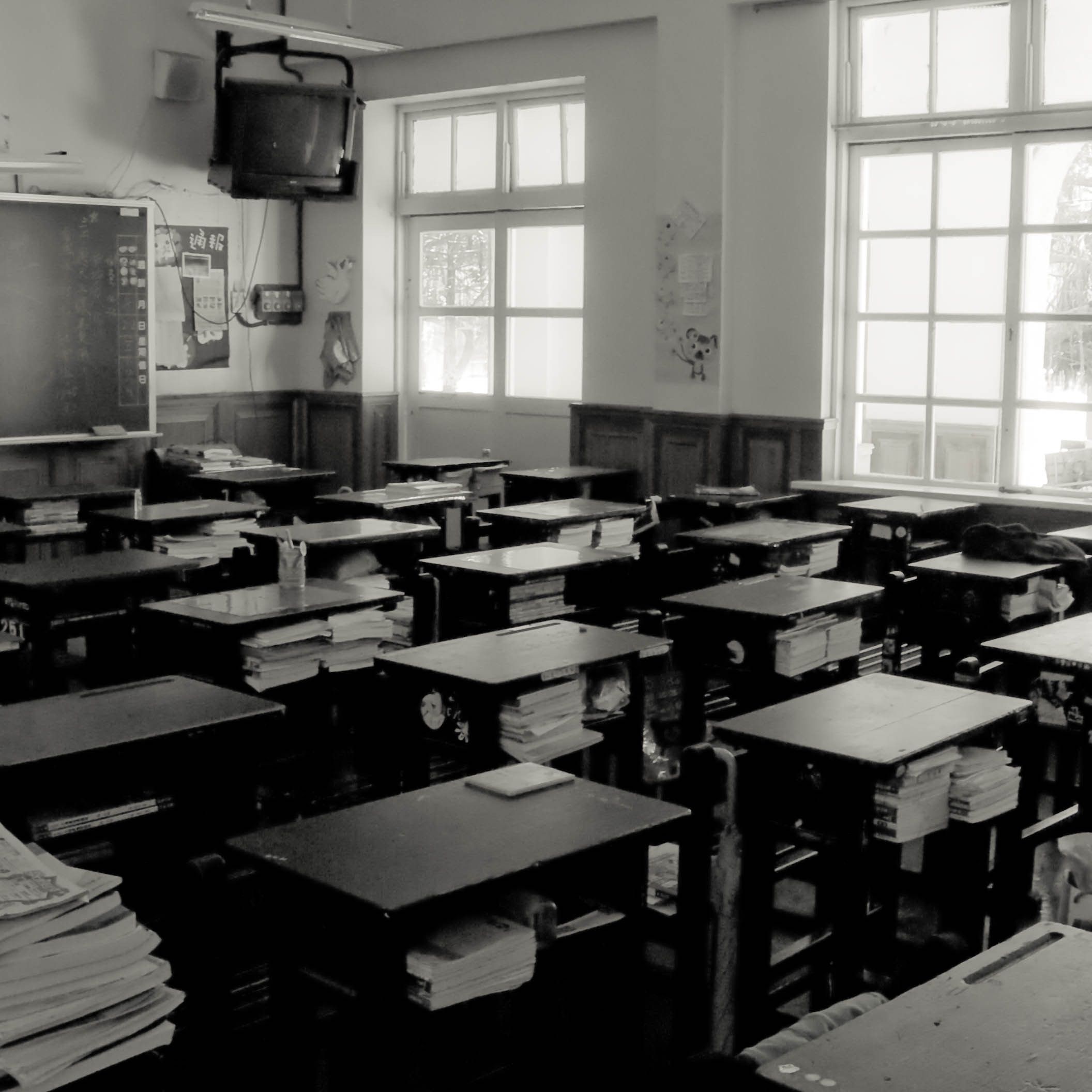After a state study found Virginia is underfunding schools, local governments want action
by Nathaniel Cline, Virginia Mercury
Before the new class of General Assembly members takes office in January, they are facing a push from local government leaders to quickly address Virginia’s historical underfunding of its school divisions.
In September, the General Assembly convened a group to examine how the state’s funding formulas could be updated to fix the problem, with recommendations due next November, ahead of the 2025 legislative session. However, many local governments say the timeline needs to be faster and are urging the legislature to take action immediately, at the start of the new budget cycle.
“We’re not asking for anything additional from the state,” said Jason Bellows, president of the Virginia Association of Counties. “We’re just asking them to fully fund their agreed commitments of their fair share.”
This July, the Joint Legislative Audit and Review Commission, which conducts analysis and provides oversight of state agencies on behalf of the General Assembly, found that Virginia schools receive 14% less state funding than the 50-state average, equal to roughly $1,900 less per student.
Part of the problem, the report found, was that complicated funding formulas underestimate how much divisions need: In fiscal year 2021, for example, schools spent $6.6 billion more than was allocated by the Standards of Quality formula, which is used to calculate how much the state must contribute to fulfill its constitutional obligation to maintain high-quality public school systems.
Perhaps more significantly, during the Great Recession, state funding levels dropped dramatically and the legislature imposed a “support cap” limiting the number of support positions the state would fund. Positions affected by the cap included central office and administrative, technical, clerical, maintenance and instructional support positions.
But despite the state’s financial recovery following the recession, funding levels have never been fully restored, and the support cap was only partially lifted by the last state budget negotiated late this summer.
Many local governments weren’t surprised by JLARC’s findings, which they say validate years of school divisions arguing the state inadequately funds public education.
Bellows said public education is supposed to be a “50-50 share” between the state and local governments, with the federal government helping as necessary.
“The local governments have been stepping up to the plate and funding public education well above what we are required to do because the state, in their minimum requirements, can’t get the job done,” he said.
Timelines and budgets
After the release of the JLARC report this summer, the General Assembly included a provision in the budget calling for a work group to consider its recommendations and present them by Nov. 1, 2024. But many local government leaders want the legislature to act sooner as annual budget discussions loom and federal pandemic relief funds dry up.
Joe Flores, director of fiscal policy for the Virginia Municipal League, said the General Assembly and governor should prioritize taking action on the funding and formula problems during the upcoming legislative session.
“If this is a priority for the administration and for lawmakers, and we know it will be, we would hope that they would commit to begin to address these as soon as possible and as early as when the governor releases his budget, and if not, then [through] budget amendments that the General Assembly may put forward,” Flores said.
Planning for the future has also been complicated, officials say, by the legislature’s delay in adopting budget changes until September.
“Nothing is more detrimental to local government than leaving us in limbo for six months while essentially bureaucrats in Richmond argue over pennies,” Bellows said.
While that budget included an extra $427.7 million for public education, the funds were one-time money, a product of pandemic-era surpluses that Gov. Glenn Youngkin’s administration is encouraging divisions to use to staunch learning losses. Youngkin will present his recommendations for the state’s next two-year budget in December.
While the contents of that budget haven’t yet been announced, Youngkin spokesperson Macaulay Porter said in a statement that the report “lays plain that the previous two administrations never truly sought adequate funding for K-12 education and more importantly, never sought to reform the system to make sure funding goes to serve students and teachers in the classroom.”
On Wednesday, however, the Virginia Board of Education voted to exclude elimination of the support cap from its list of changes it is seeking to the Standards of Quality as part of a regular two-year review.
Chad Stewart, a policy analyst with the Virginia Education Association, said the SOQ revisions process has been disappointing compared to years past, when the draft would be provided to the public by October.
“The board has really set the tone and the pathway for what the most important best return on investment items are for the General Assembly to vote on,” Stewart said. “And without the due diligence of the process this year, without the research basis for why they’re making these recommendations and how they justified it, we will have to see how much credibility there is for these recommendations and how much lawmakers are going to take them into account.”
(Virginia Mercury is part of States Newsroom, a network of news bureaus supported by grants and a coalition of donors as a 501c(3) public charity. Virginia Mercury maintains editorial independence. Contact Editor Sarah Vogelsong for questions: info@virginiamercury.com. Follow Virginia Mercury on Facebook and Twitter.)


